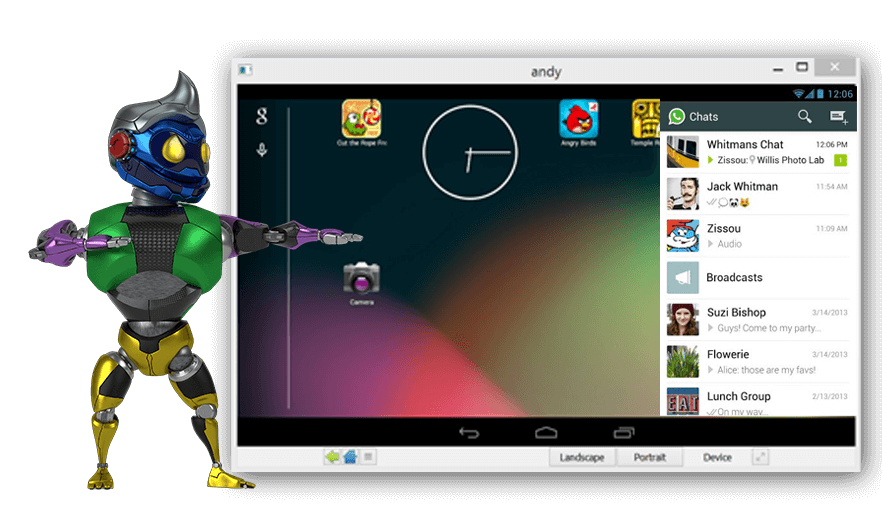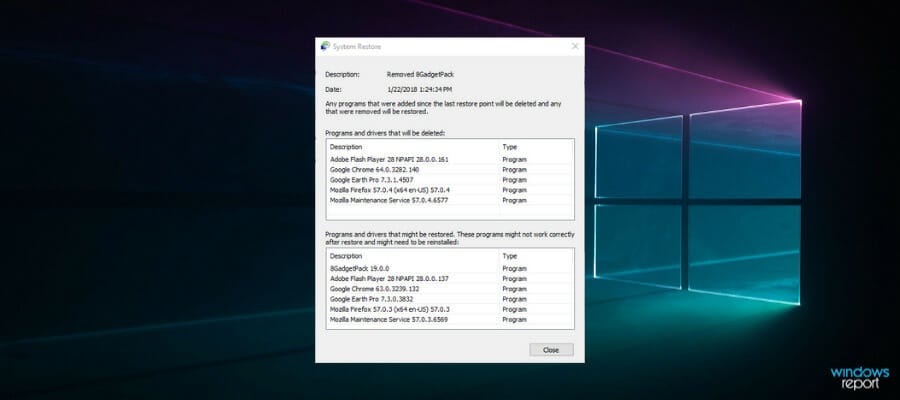

Make sure you have a MANUAL SYSTEM RESTORE point as you will need it to make your machine Hyper-V compatible again. If this is simply a test and you intend to remove Oracle Virtual box AND Andy. Now run the "Oracle Virtual Box", In "Recently Added" list in Windows 10 "Run as Administrator".Īnd you need to click green Start at the top of Virtual Box. Click install, as you are "Run as Administrator"Ĭlick "Finished" to complete. This will ask for Virtual Box to be installed.

Now run the downloaded file as Administrator, "Andy_Android_Emulator_v44_10.exe" If a message about Hyper visor appears DISABLE Hyper-V as described above The message above is misleading and that's what it meansĬheck the state of you virtual settings (Intel ) from the Command prompt using "run as Administrator. Hyper-V was must be DISABLED by unticking the boxes. You must load the latest version and play with Bios?. This seems to conflict with Hyper-V where I have to turn this off On testing Andy emulator 0.44 I got an error message.

The software development package VS 2015 RC has similar problems, which disappear when running in Professional version. There is a check in Task manager CPU which will show VM (Virtualisation:) enabled The virtual machine 'andy' was coded specifically to use win 7.1. Hyper V was rewritten in Win 10, so getting Win 10 Professional is no This is because the Hyper-V Virtual process and hence multiple desktop the does not appear in Windows 10 home, but in Windows 10 Professional. 'Unable to launch VM Process: The virtual machine 'andy' has terminated unexpectedly during startup with exit code - 1073741819 (0xc0000005)' All programs operate under the new Windows except Andy Android Emulator, I've uninstalled and reinstalled it but I get the same error message: I have upgraded my OS from Windows 7 圆4 SP1 to Windows 10 圆4. Please reply if you have further related queries. Note: After troubleshooting, refer to this section "How to reset the computer to start normally after clean To disable all non-Microsoft services consult the article calledĬlean Boot (applies to windows 10 as well). If you do not face the same issue in the safe mode, try doing a clean boot Method 1: To go to Safe mode follow the steps below:Ī. Click on Windows key, and in the Power Options click on Restart while pressing the shift key.ī. A blue screen will appear with a few options.Ĭlick on Troubleshoot > Advanced Settings > Startup Settings > Restart.Ĭ. Your system will automatically restart, press 4 or F4 key to go to the Safe Mode. If the problem doesn't persist I would suggest you do a clean boot. Thank you for posting your query in Microsoft Community.ĭid you try running the application in safe mode? If not, I would suggest you try it and see if the problem persists.


 0 kommentar(er)
0 kommentar(er)
